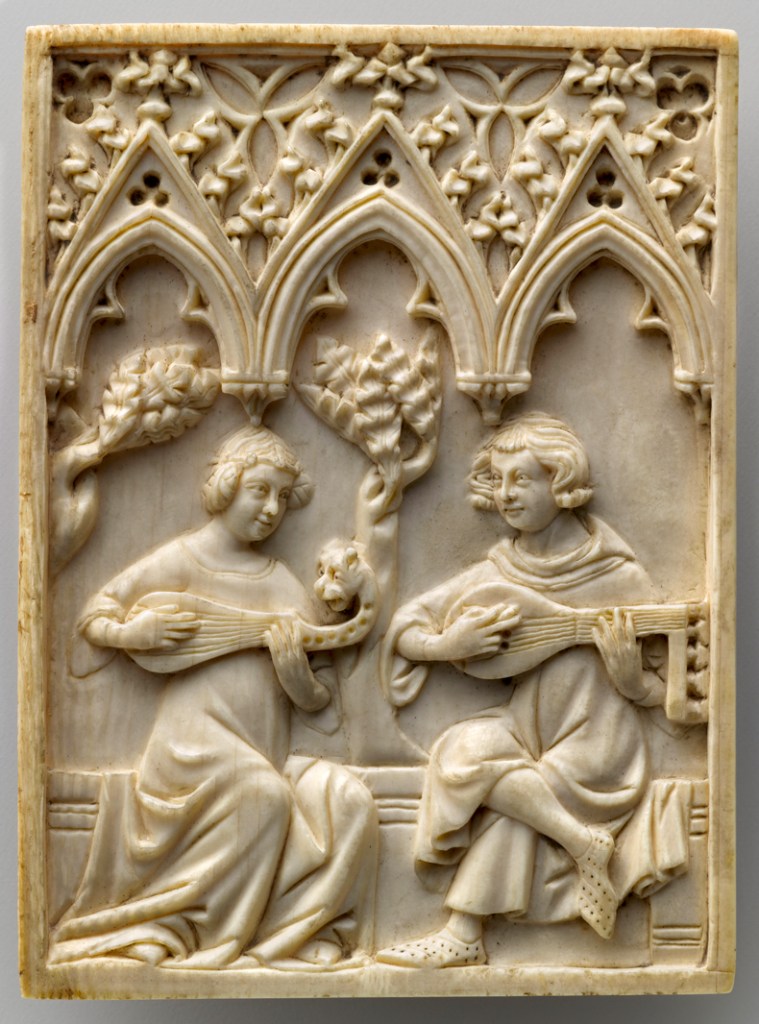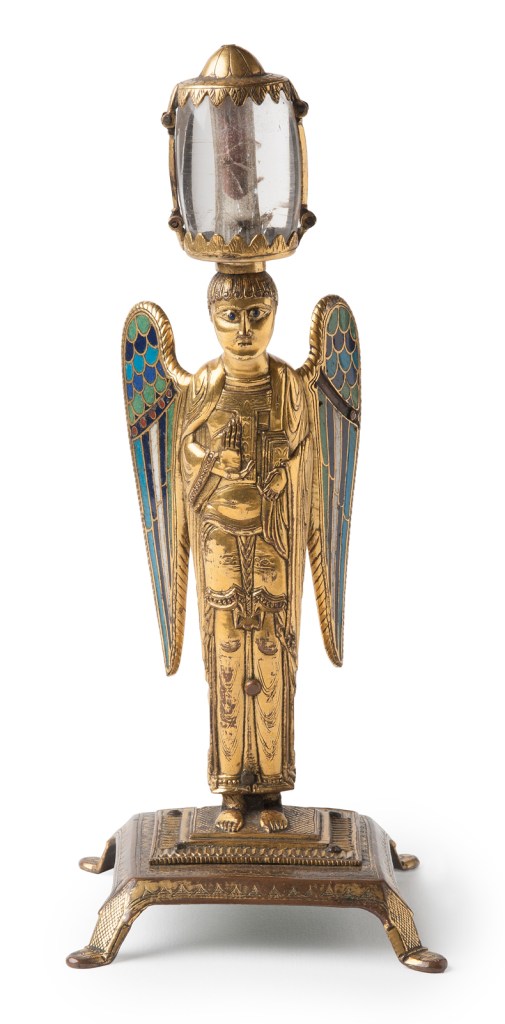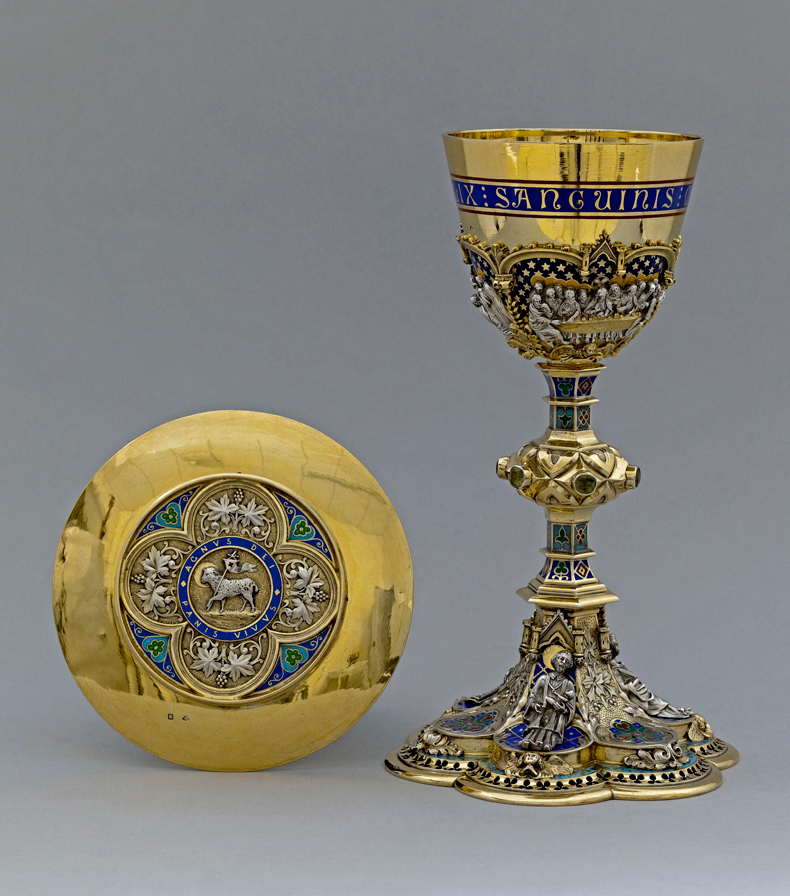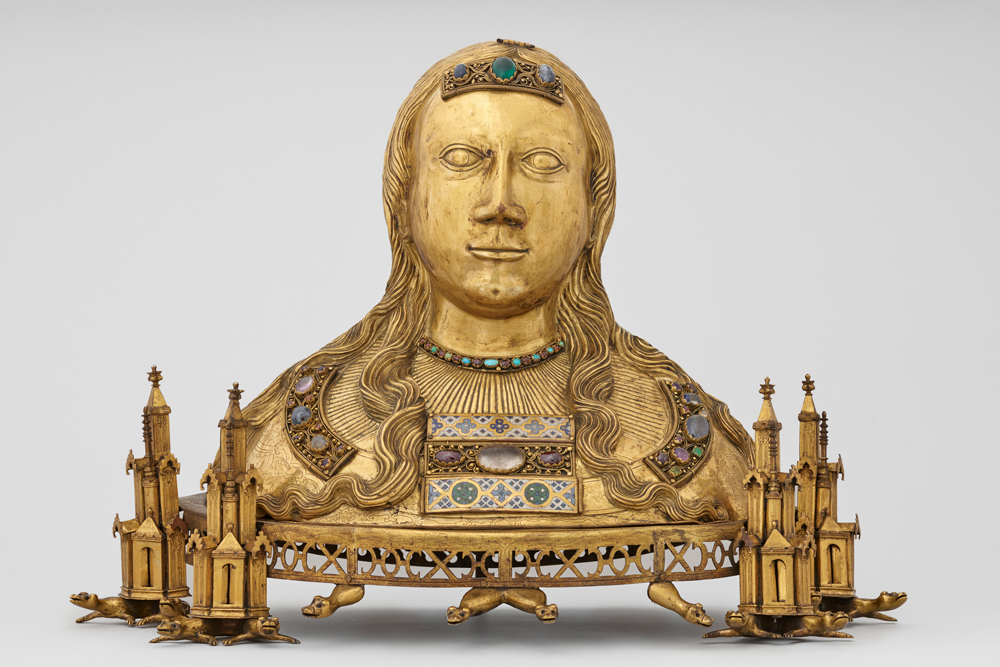Some art magazines are not to be trusted. At the turn of the 20th century, the gallerist Luigi Parmeggiani, better known as Louis Marcy, began publishing The Connoisseur, a periodical that railed against museums and dealers being taken in by fakes. What readers didn’t know, however, was that Parmeggiani was simultaneously using his magazine to promote ‘medieval’ and ‘Renaissance’ works that he had for sale – many of which were falsified. The 19th-century trade in copies and forgeries of medieval manuscripts and artworks – and the craftsmanship and attention to detail these forgeries required – is the focus of this exhibition at the Musée de Cluny, which includes items from the museum’s own collection as well as loans from the likes of the Louvre and the V&A (7 October–11 January 2026). It examines how modern imitators helped revive old techniques; how medieval items inspired work ranging from copies to pastiches to composite objects; and how collectors and dealers facilitated the trade in counterfeit goods.
Find out more from the Musée de Cluny’s website.
Preview below | View Apollo’s Art Diary



